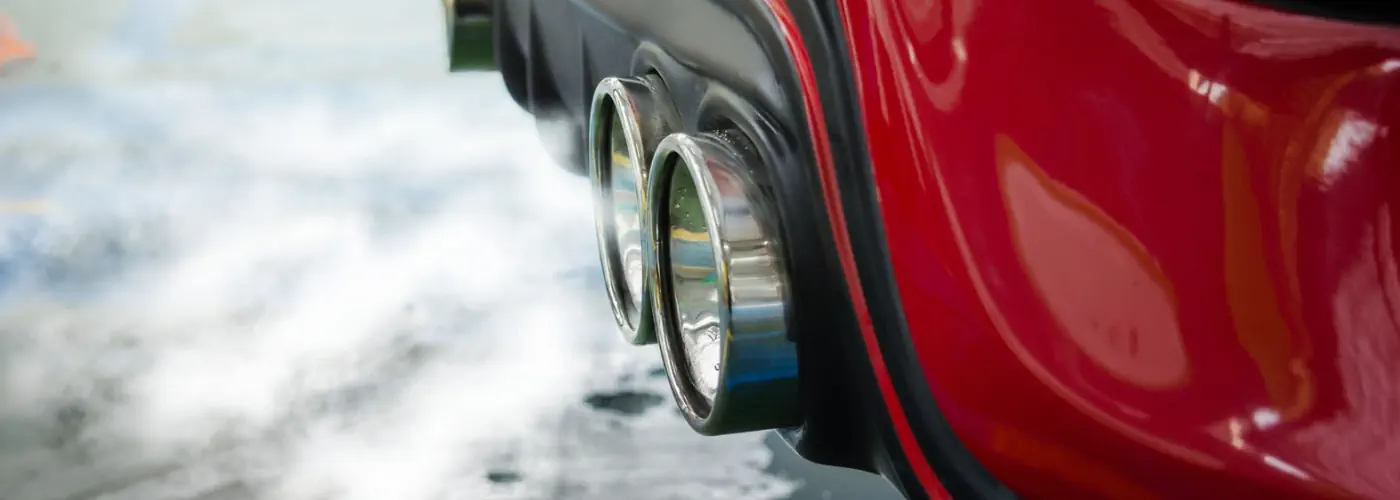
The recent tragic incidents involving individuals found deceased in their cars due to suspected carbon monoxide poisoning have once again highlighted the urgent need for greater awareness of car safety.
Carbon monoxide (CO), is a colourless, odourless, and tasteless gas that can be deadly when inhaled in high concentrations. However, contrary to common belief, the natural levels of carbon monoxide in the environment are not typically harmful.
When a vehicle is in motion, any carbon monoxide gas inside the cabin is dispersed, reducing the risk of dangerous build-up. But when a parked car’s engine is left running for a long time, carbon monoxide emissions from the exhaust can accumulate and seep back into the vehicle’s interior. This poses a significant risk of unintentional carbon monoxide poisoning, to anyone sleeping inside.
Dr. K. Sashetheran, Senior Resident Medical Officer at Gleneagles Hospital Kuala Lumpur, explains that carbon monoxide is a silent threat – it’s colourless, odourless, and tasteless. Since it can’t be seen, smelled, or tasted, people who fall asleep in parked cars with the engine running often don’t realize the danger they’re in. To prevent such incidents, it’s crucial to regularly check your car’s exhaust and undercarriage for any issues. A damaged or blocked exhaust can contribute to carbon monoxide build-up.
As carbon monoxide levels rise in a closed space like a car, the person inside may feel drowsy, tired, and eventually lose consciousness. Opening the windows slightly can help ventilate the car and reduce the concentration of carbon monoxide. Dr. Sashetheran also notes that initial symptoms of carbon monoxide exposure in awake individuals may include:
While someone exposed to low levels of carbon monoxide for a short time may notice symptoms and leave the car for fresh air, a person sleeping in a sealed car may not wake up, leading to fatal poisoning.
Dr. Sashetheran emphasizes that carbon monoxide poisoning can also occur in homes, although the risk is generally lower due to better ventilation. However, using barbecues or stoves in enclosed spaces can increase the risk of carbon monoxide exposure.
If you have carbon monoxide poisoning, hospital care may be necessary, especially if you experience severe symptoms like difficulty breathing or loss of consciousness, or if you are pregnant, a child, elderly, or have health conditions such as anemia or lung, heart, or blood vessel problems. In the hospital, tests measure carbon monoxide levels in your blood, and high levels are treated with oxygen therapy delivered through a mask.
The recent incidents of people dying in their cars from carbon monoxide poisoning highlight the importance of car safety and the potential dangers of sleeping in parked vehicles with the engine running. Carbon monoxide is a silent killer – it can’t be seen, smelled, or tasted. Regularly checking your car’s exhaust system and ensuring proper ventilation are crucial steps to prevent carbon monoxide accumulation. It’s also essential to be aware of the initial symptoms of carbon monoxide exposure and take immediate action to protect yourself and others from this deadly gas.
Dr. K. Sashetheran A/L Nadaraja
Senior Resident Medical Officer,
Gleneagles Hospital Kuala Lumpur

Wait a minute

Wait a minute